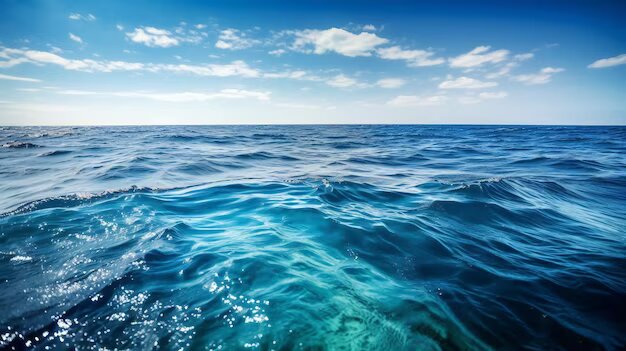a NEC Company Developed sea level measurement technology Highly accurate, from long distances and using 3D technology Light detection and range (LiDAR) is a remote sensing technology.
This innovation makes it possible to reliably measure sea level, even in the event of a tsunami or ground movement at the location where the measuring equipment is installed.
In June 2024, NEC conducted a demonstration test of this technology in Tokyo Bay and confirmed that it is possible to measure sea level with high accuracy over a greater distance than conventional techniques allow.
If a tsunami is caused by an earthquake, volcanic eruption or other phenomenon, an immediate and accurate assessment of sea level changes is essential to saving lives.
Current sea level measurement systems using radio waves and buoys have a range of about 20 meters from the sea surface. However, if ground movement occurs due to an earthquake or other phenomenon, it becomes difficult to measure sea level. In fact, ground movement caused by the major earthquake that struck Japan’s Noto Peninsula in January 2024 disabled measuring equipment along part of the coastline, causing a delay before reliable measurements could be resumed.
This new technology provides 3D-LiDAR infrared laser beams to floating buoys in the sea, and the reflected light is subsequently used to measure the distance. This ultra-sensitive optical reception is achieved by using long-range 3D-LiDAR with advanced optical transceiver technology that is also long-range and large-capacity (coherent reception technology), making it possible to obtain data from clouds 3D points of objects at greater distances. As a result, this is the first time that sea level has been successfully measured at a depth of 60 metres, with a margin of error of about 2 cm.
In addition, a 3D water level measurement technology has been developed which combines water level data processing clouds From the acquired 3D points, it classifies the shape of the buoys and the surrounding terrain with high accuracy, and then compares the information to correct the position of the buoys and estimate the height of the buoys. This makes it possible to measure from a variety of locations and angles, which means that 3D-LiDAR equipment can be installed in a variety of locations.
Therefore, tide gauge stations can be installed in locations along the coast that are less susceptible to large ground movements, making the system resilient to disasters and allowing continuous sea level monitoring. Furthermore, the equipment is portable and can be flexibly installed in a wide range of locations, helping to reduce costs and installation time.
In the future, NEC intends to continue developing this technology, which includes extending the measurement distance to several hundred meters and improving the measurement accuracy by comparing 3D-LiDAR data with mapping information of the surrounding area, with the goal of practical application by the end of fiscal year 2025.

“Coffee trailblazer. Social media ninja. Unapologetic web guru. Friendly music fan. Alcohol fanatic.”

